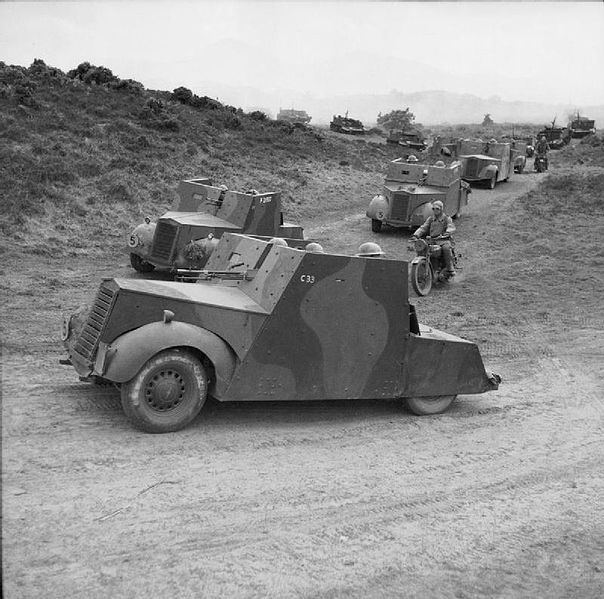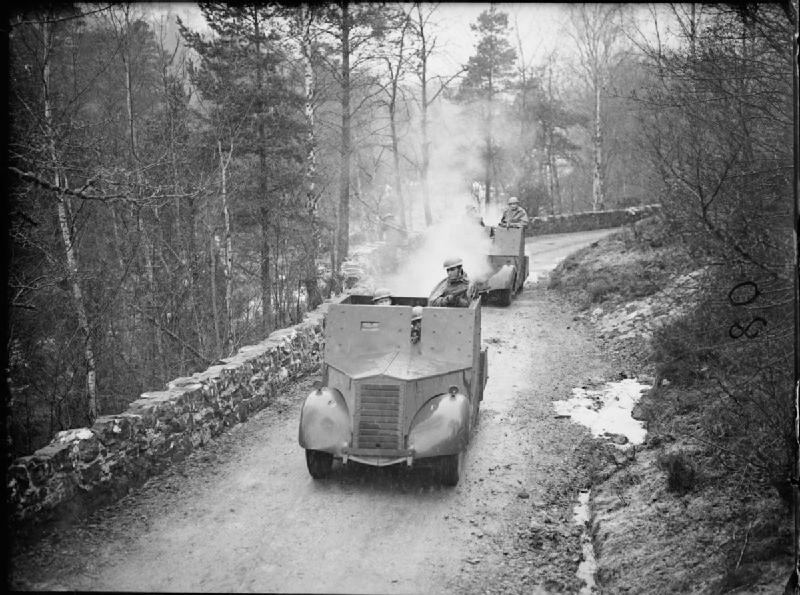Standard Beaverette
 United Kingdom (1940) - circa 2800 built total
United Kingdom (1940) - circa 2800 built total
Context in June 1940
After Dunkirk in may 1940, and despite the successful evacuation was coined as a triumph or British resolution and ingenuity, prospects were very grim. France has lost its best divisions and was on the verge of defeat. On the paper, men were saved and this experience will prove decisive in future engagements, but almost all the BEF (most British Ground Forces materiels) were left on the beach. In case of a landing in force, only the Royal Navy and the RAF stood in the path of Hitler. It was only listed a few field guns, tanks in museums and generally WW1 storage even including individual weaponry (mostly hunting rifles and Boer war/WW1 relics) left through Great Britain. However the war industry was in full swing, and by june 1940, 21 light tanks, 58 cruiser tanks, 57 infantry tanks, around 3500 Bren guns, 102 25-pdr guns, 188 Bofors AA, and large supply of shells were available, although only to equip a couple of divisions.
Lord Beaverbrooke’s pets
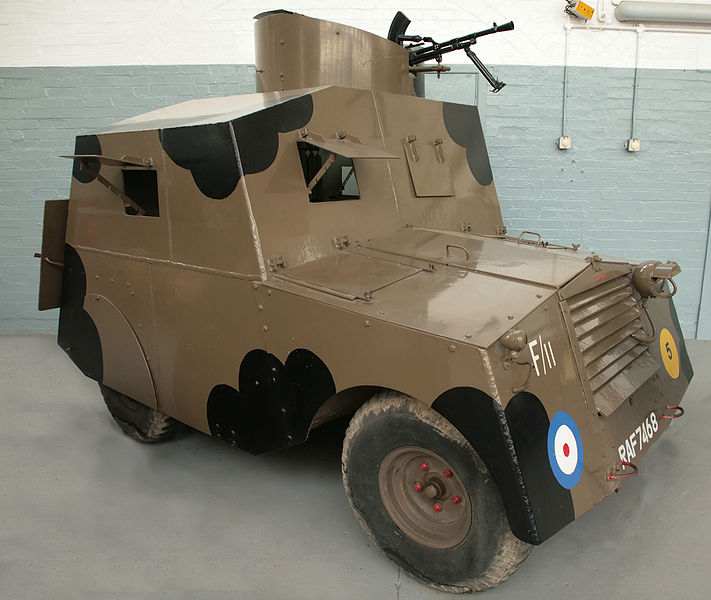
Lord Beaverbrooke was the minister of Aircraft Production at that time. He devised a program for the quick delivery in emergency, of a large fleet of civilian vehicles as soon as possible to face an invasion. Various types will be built on the basis of the largely available Standard car. Initial plans called for a fleet as large of 5,000 vehicles to be built in the summer of 1940 for the militias and Army. But with the air war over Britain, and the specter of an invasion fading away, the production was eventually curtailed and then cancelled. Nevertheless 2,800 vehicles has been converted in the meantime, and later given to the British Army and RAF instead.
The Beaverette design
Standard Beaverette Mark I/II
The first Beaverette (Mark I) was really as fast stopgap conversion. The vehicle was given light armoured panels on the sides of the engine hood, and three large steel plates, 8-9 mm thick were welded to the chassis, covering the front and sides of the driving compartment. There was no roof nor rear protection. Access was from there. Two simple side slits were opened on each side and the front plate had a folding armoured shutter to the right for the driver and a simple slit up to the top of the plate for the Bren gun or Boys gun. The Mark II was similar, distinguished by the absence of a rib around the waist line and horizontal radiator grille. The bulk of the production goes to the Mark II. There was still space for a third crew member and storage on the bridge over the rear axle.
Standard Beaverette Mark III/IV
This second serie is quite different, based on the short Standard chassis: It was only 10 feets 2 in long (3,10 m). But the construction was altered, with five plates covering the front, sides, a split roof, and rear. In addition the engine hood was entirely covered by new armoured panels, and the curved wings eliminated. This additional weight was only partly compensated by the shorter wheelbase but still 2.6 tonnes (2.9 short tons or 2.6 long tons), compared to the 2,2 tonnes of the Mark I/II. The other major difference was that the third crew member which took place in a turret located at the left hand side of the vehicle. This turret was of several types, the simple open type, with RAF-style ring mount for a Bren, twin Vickers LMGs or enclosed, with a split roof hatch, or even downed/surplus Boulton-Paul Defiant steel and glass 0.3 in Browning quad machine guns turrets. The Mark III was also nicknamed “Beaverbug” due to its stubby looking. The Mark IV had a redesigned glacis armour to improve visibility and reinforced armored, up to 12 mm at the front.
The Beaverette in action
On the military plan, the Beaverette were too heavy for their chassis and suffered from suspension and mechanical fatigue. However they still can bear weapons and provide mobility to the Army and were abundantly covered by the press as the “Mosquito cars”. Their true value resided in propaganda, with footage of large fleets of these vehicles training in the countryside, showing British Ingenuity and resolve, restoring confidence. By 1941, judged not satisfactory to serve abroad, none left the British isles, were they provided means for patrolling and training to local British units and RAF units and home defence service (mostly mark III/IVs). New Zealand also built its own improvized serie Beaverette (NZ), converted by the New Zealand Railways workshops in Hutt Valley. The chassis was a Ford 3/4 or 1-ton truck, whereas armour plates were salvaged from naval scrapyards (208 built). Despite a valiant 4-cylinder top speed was an agonizing 38 kph on flat and it was quite hard to handle.
Links
The Beaverette on Wikipedia
Surviving rare British ACs
On the standard motor club UK
specifications |
|
| Dimensions MkII(MkIII) | 4,11(3.10) x1,60(1,73) x1.52(2.16) m |
| Total weight, battle ready | 2(2.6) tonnes |
| Crew | 2 (driver, gunner/radio) |
| Propulsion | Standard 4-cyl petrol 46 hp (34 kW) pw 17-23 hp/t |
| Suspension | 4×2 leaf springs |
| Speed (Mark III) | 38 km/h (24 mph) |
| Range (Mark III) | 300 km (190 mi) |
| Armament | See notes. 0.303 in (7.7 mm) Bren MG or 0.55 (13.97 mm) in Boys AT rifle |
| Armor | 9 mm (Mk.I-III) 12 mm front (Mk.IV) (0.85-0.5 in) |
| Total production | 3,200 in september 1940 |
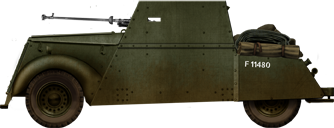
Beaverette Mark I
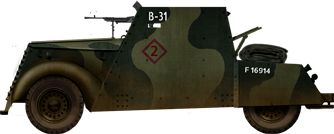
Beaverette Mark II, with the standard camouflage.
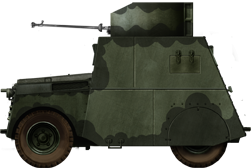
Beaverette Mark III, standard early type and Boys 0.5 in AT rifle.
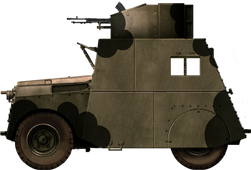
Beaverette Mark III with Bren gun and “mickey mouse” camouflage.
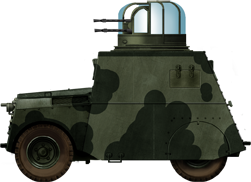
Beaverette Mark III with Boulton-Paul quad 0.3 in turret
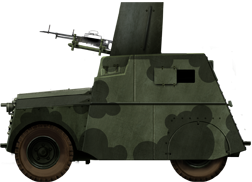
Beaverette Mark IV with the twin Vickers LMGs mount.
Gallery

WW2 Tanks




























WW2 tanks posters

All Tiger tanks liveries.

Panther liveries and variants

WW2 Armour - All tanks











Tanks aces and single tanks series

Find more there

Museums, Movies, Books & Games
The Tanks and Armor in pop culture
Tanks and armored vehicles in general are only really grasped when seen first person: The mass, the scale, it's all there. Explore also the way tanks were covered in the movie industry, in books and in video games.Movies:
Best tanks movie on warhistoryonline.com
On imdb.com
On bestsimilar.com/
miltours.com
liveabout.com/
watchmojo.com
Video Games:
pcgamesn.com
historyhit.com
levvvel.com
vg247.com/best-tank-games
mmobomb.com/
alienwarearena.com

